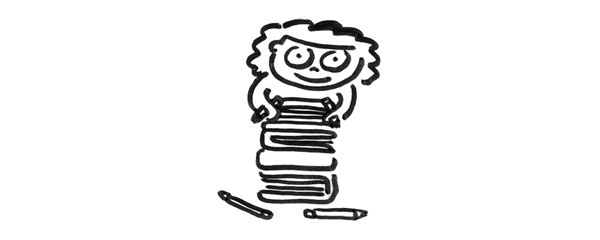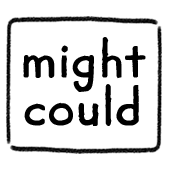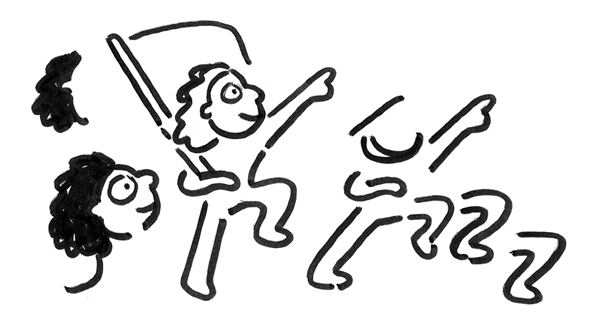Many of my essays relate back to artistic style and voice. That mental side of drawing — voice, style, originality, and authenticity — is what I’m most passionate about and interested in. I believe it’s the most important thing in art making.
In a previous essay, How to Develop Your Unique Artistic Style, I laid the groundwork for my beliefs:
“Your artistic style is what makes your work feel like you. It’s what makes a Picasso feel like a Picasso, and a Hitchcock feel like a Hitchcock.”
“Your artistic style is totally specific to you. In fact, it is you.”
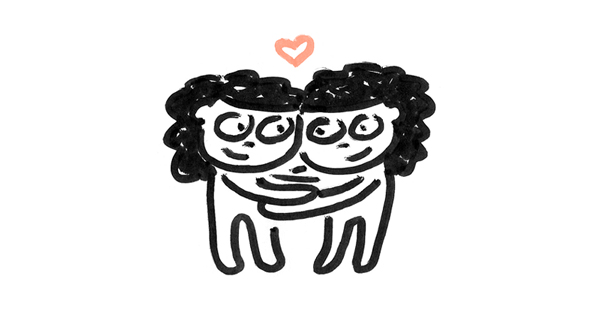
Farther along the essay I mentioned this little tidbit, that I now want to expand on:
“Just as you develop your Self and become more like “you” as you grow up, your artistic voice is doing the same thing. With every experience you have, your Self changes and grows, and with every piece of art you make, your style changes and grows.”
Did you catch that? Because it’s important: your style isn’t stagnant. There can definitely be a breakthrough in your artistic life where you feel like you’ve found your style, gained more confidence in your work, and feel like your work has a cohesive feel.
But you don’t have to be stick with one static, unchanging artistic style for the rest of your life.
Your style can and should change and evolve, as you change and evolve. Because I don’t know about you, but I’m a very different person now than I was 10, 5 or even 1 year ago. And my art is too.
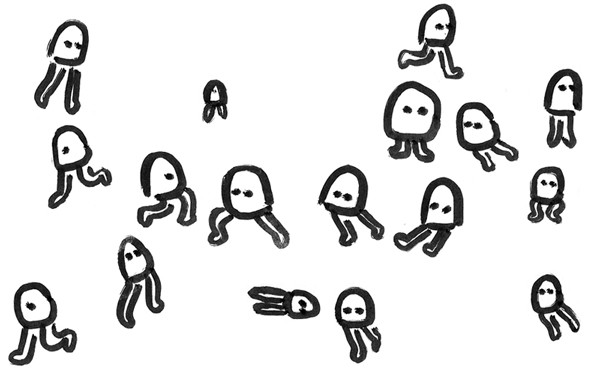
Your Artistic Style is Made of Up Pieces
Your artistic style isn’t just one thing. It encompasses all kinds of elements, mindsets, and aspects of art making, many of which you probably aren’t even aware of. If you make oil paintings, it isn’t the brand of oil paint you use or specific brush you use that creates your style. The tools and mediums you use are just one piece of your style.
Your style also includes all the little elements that pop up and repeat in your work — color palettes, linework, textures, voice, subjects, emotion, storytelling, specific drawing techniques, and a general feel that’s hard to describe.

When My Style Clicked
I had a breakthrough and began to feel more confident and sure of my artistic style in late 2014. I started drawing consistently in my sketchbook, and I began making this weird chevron pencil texture in my work:
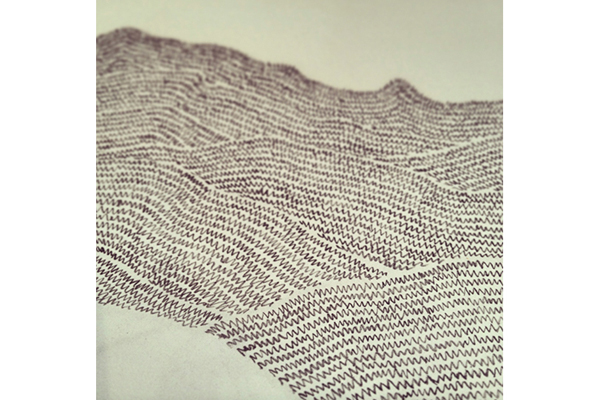
I started to notice it pop up again and again in my work, and eventually I embraced it. It became a conscious drawing decision, and a major part of my artistic style. I also whole-heartedly embraced the pencil as my tool of choice.

For a while, I was drawing in this pencil texture style exclusively. I had fallen in love with it, was obsessed with it, and thought it was my thing, my artistic style. But that was 2014.
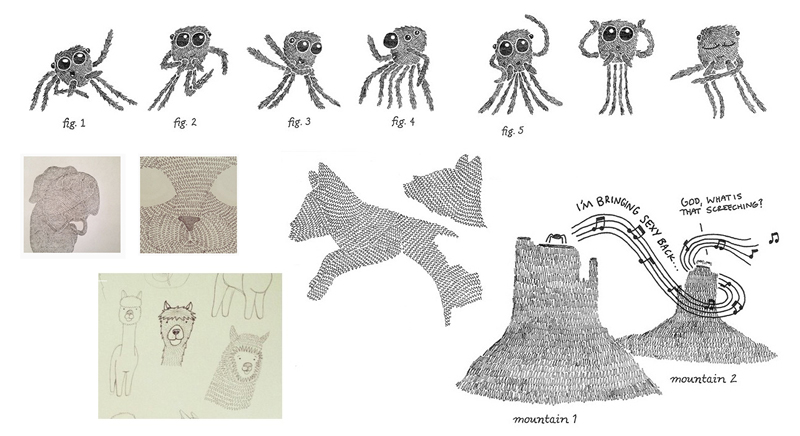
Since then I’ve realized artistic style is a continuing development that keeps evolving throughout your life. A style goes much deeper than a single tool or a single element. The tool doesn’t dictate the style. Your style will be applied to whatever tool is in your hand.
I don’t make that chevron pattern as much any more because I’ve since developed other quirks as I’ve changed and my art has changed. Just because that chevron element became a crucial part of my style didn’t mean I was stuck with it forever.
It was just the beginning.

When My Style Began Evolving
I originally thought in order to have a strong artistic style, I had to stick with my one medium—and I had already chosen pencil. But after a few months of drawing pencil textures, I started to get bored. I wanted to explore and experiment with new tools.
After a lot of struggle, I gave in and allowed myself to explore. I switched tools completely and began painting. I did that for a few months, thinking I had found my thing (again), but then I got bored (again).

So I went back to drawing, but this time worked in multi-liner pens in a range of line thickness. At that point I began to see how all three of these groups of work still looked like me, even though they were completely different tools and processes.
From that point on, I decided to follow my gut and my obsessions wherever they led me. I now switch tools every few months going from obsession to obsession, letting one tool lead to the next, and not getting married to any one process, tool, or static artistic style.
It’s liberating to explore new mediums, and it hasn’t held me back or confused my audience at all, as I had once feared. I now know I can make art that feels like me with any tool, despite what other people advise about sticking to one thing or settling for a niche.
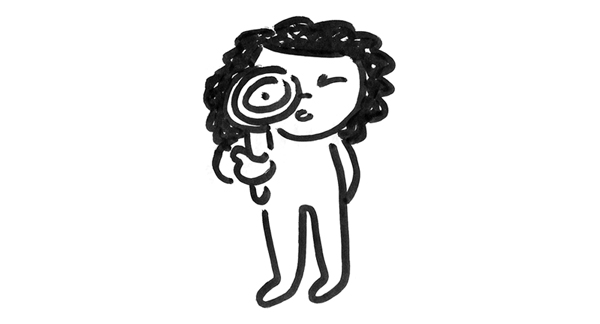
New Tools Can Teach You About Your Innate Style
I rarely stop using a tool completely once I move on from it. I often come back to a tool again after a break, or incorporate and combine it with a new tool. As my style evolves, I’m adding more tools to my toolbox, learning what each can do, how it works, and when when it’s best used.
With each new tool I explore, my style and confidence grows as I learn more about the innate patterns and quirks of my style that carry over from tool to tool.
A new tool can also hint at new directions your style can go, that you might never have found otherwise.

Because in the end, tools are just that — tools. Your pencil, pen, or brush isn’t what’s making your art. You are. It doesn’t matter what tool you use—you can still come through. And I’ve found that using new tools forces me to loosen up in my work, experiment and explore new ways to draw, and recognize the common elements of my style that carry over each time.
I highly recommend not getting married to one tool, art medium, or a static way of creating your art. If you love watercolor or Photoshop—that’s great! If you love drawing realistically—awesome! You don’t have to give it up. But once in a while, try something new. Pick up a new tool, and just see what happens. Who knows what could come of it?
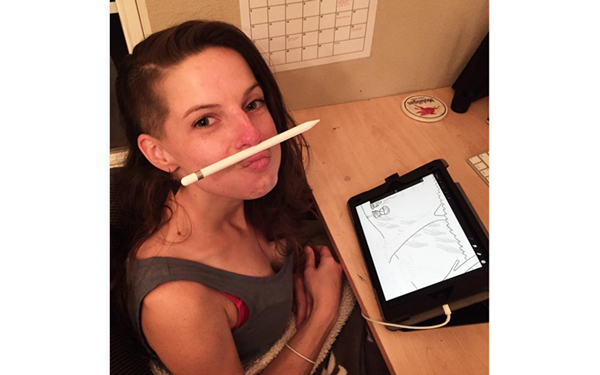
You’ll Always Be You
You’re still you, even when you change. And your style is still your style even when it changes. Your style is just how you create your art. Everything you ever make will always be in your style, as long as you let it flow naturally. Enjoy making your art, get in the zone, and follow your curiosity.
That process will always create art in your style , even as your style changes, evolves, and grows—just like you.
